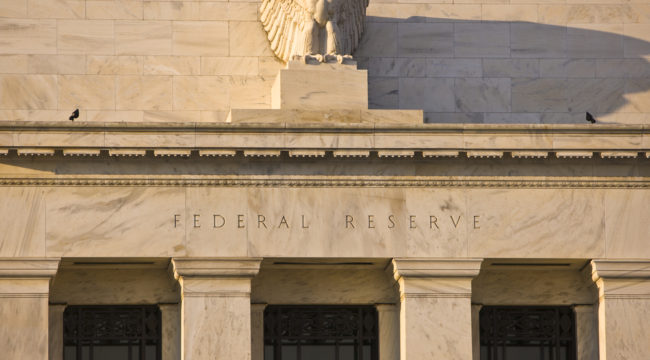The Fed Is Going “Cold Turkey”
March 21 is just over a week away.
That’s when the Federal Open Market Committee, FOMC, the Fed’s interest rate policy arm, will raise interest rates another 0.25%, the sixth such rate increase since the “liftoff” in interest rates in December 2015.
This is the most aggressive tempo of rate hikes of any major central bank and puts U.S. policy rates significantly higher than those in the U.K., Japan or eurozone.
The issue for investors is whether the Fed is raising rates too aggressively considering the strength of the U.S. economy. Higher rates imply a stronger dollar, imported deflation and head winds to growth.
If the U.S. economy is on a firm footing, then the rate hikes may be appropriate, even necessary to head off inflation.
But if the U.S. economy is vulnerable, then the Fed’s actions could trigger a recession and stock market sell-off unless the Fed reverses course quickly. My view is that the latter is more likely. The Fed is tightening into weakness and will reverse course by pausing rate hikes later this year.
When that happens, important trends in stocks, bonds, currencies and gold will be thrown into reverse. Investors who position now for a coming course correction by the Fed can reap huge gains when that Fed flip-flop occurs.
Outwardly, the Fed is sanguine about the prospects for monetary normalization. Both Janet Yellen and new Fed chair Jay Powell have said that interest rate hikes will be steady and gradual. In practice, this means four rate hikes per year, 0.25% each, every March, June, September and December, with occasional pauses prompted by strong signs of disinflation, disorderly markets or diminution in job creation.
Balance sheet normalization is even more on autopilot than rate hikes. The Fed will not dump its securities holdings. Instead, it refrains from rolling over maturing securities. When the Treasury pays the Fed upon the maturity of a Treasury note, the money simply disappears.
This is the opposite of money printing — it’s money destruction. Instead of QE, we now have QT, or quantitative tightening.
The Fed has been transparent about the rate at which they will run off their balance sheet this way, although transparency should not lead investors to complacency. The balance sheet reduction tempo as of late 2018 is $600 billion per year, equal in impact to four 0.25% rate hikes per year.
The annual combined impact of the Fed’s rate policy and QT is a 2% increase in interest rates. For an economy addicted to cheap money, this is like going cold turkey.
The Fed would have investors believe that the rate hikes are already priced into capital markets, and QT is a nonevent, running on “background” in the Fed’s words, like an Excel spreadsheet on your laptop while you watch a film from Netflix.
Neither assumption is correct.
The view that balance sheet normalization can run on background without disruptive effects is unwarranted. The Fed printed almost $4 trillion of new money over six years from 2008–2014 to inflate the value of risky assets.
Yet somehow, the Fed would have investors believe that destroying $2 trillion in even less time will have no negative impact on the value of those same risky assets.
It’s not true.
Regards,



Comments: